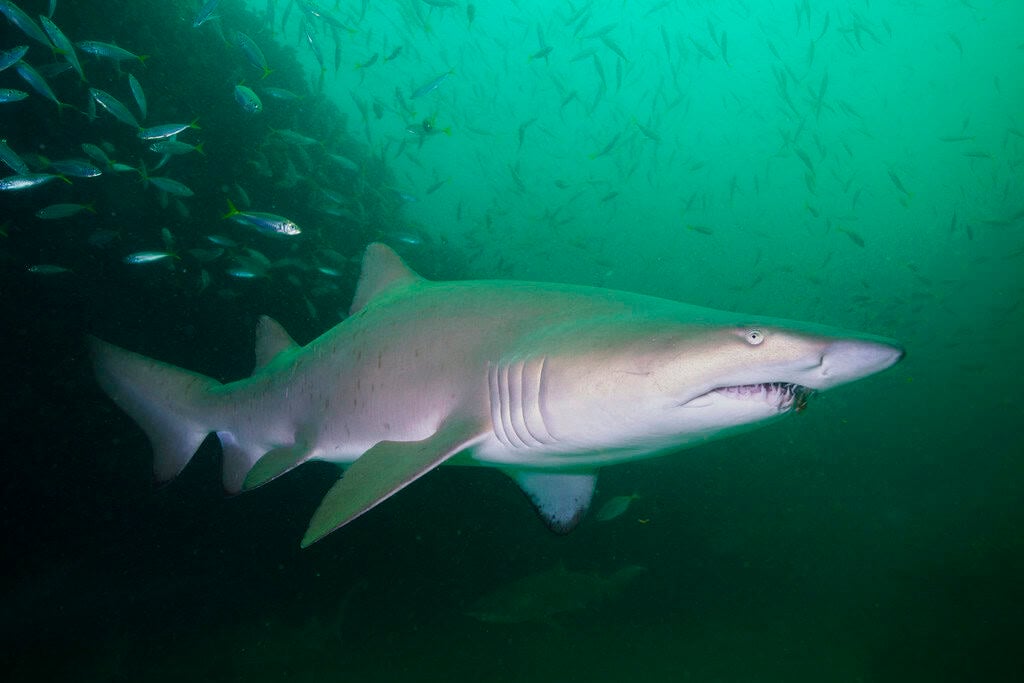Nurse sharks (Ginglymostoma cirratum) are among the most misunderstood creatures in our oceans. Despite their imposing size—reaching up to 14 feet in length and weighing over 300 pounds—these sharks are far from the menacing predators often portrayed in popular media. Unlike their more aggressive cousins, nurse sharks are primarily bottom-dwellers with a docile temperament that has earned them the nickname “couch potatoes of the sea.” They spend much of their time resting on the ocean floor, a behavior that contributes to many misconceptions about their nature and habits.
These slow-moving sharks have become victims of misinformation, frequently confused with more dangerous species or wrongly assumed to be a threat to humans. The name “nurse” itself has led to confusion, with various theories about its origin ranging from a corruption of the word “nuerse” (meaning cat shark) to references to the sucking sound they make while feeding. Understanding these magnificent creatures requires looking beyond the stereotypes and appreciating their unique ecological role and fascinating biological adaptations.
The Origin of Their Misleading Name

The name “nurse shark” has long been a source of confusion and misunderstanding. One theory suggests it derives from the Old English word “huss” or the Archaic English “nuerse,” meaning cat shark. Over time, this may have evolved to “nurse.” Another theory proposes that the name comes from the sucking sound these sharks make when feeding on the ocean floor, which some compared to a nursing baby. Some researchers believe the name references their habit of gathering in groups or “nurseries” during mating season.
Whatever its origin, the name has contributed to misunderstandings about these sharks. The word “nurse” creates an expectation of gentleness that, while not entirely inaccurate, has led to dangerous assumptions about how safely humans can interact with them. Conversely, the word “shark” triggers fear responses based on stereotypes about sharks in general. This linguistic contradiction highlights how even the names we give to animals can shape our perceptions and contribute to misconceptions about their true nature.
Appearance Versus Reality: Physical Characteristics
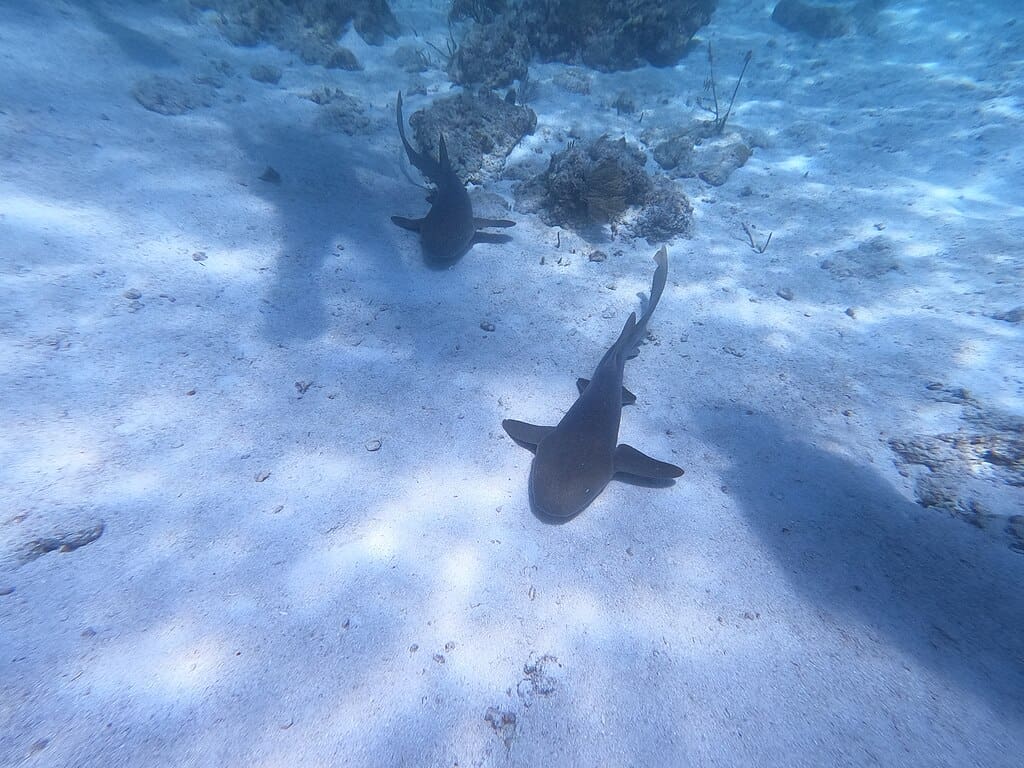
Nurse sharks possess several distinctive physical features that set them apart from other shark species and sometimes contribute to misunderstandings about their nature. Their most notable features include a broad, flattened body, two rounded dorsal fins, and a mouth filled with thousands of tiny, serrated teeth designed for crushing rather than tearing. Unlike the sleek, torpedo-shaped bodies of hunting sharks like great whites, nurse sharks have evolved for life on the ocean floor, with flat bellies and muscular pectoral fins that help them navigate sandy bottoms.
Perhaps their most distinctive feature is the barbels—whisker-like sensory organs hanging near their nostrils—which they use to detect prey hiding in sand or crevices. Their skin ranges from yellowish-brown to grayish-brown, providing excellent camouflage against the ocean floor. With small eyes and relatively poor vision, they rely heavily on their acute sense of smell and these sensitive barbels. This appearance—flat, slow-moving, often motionless—leads many to underestimate them as “harmless” or “sluggish,” assumptions that can lead to problematic human-shark interactions.
The Truth About Their Feeding Habits
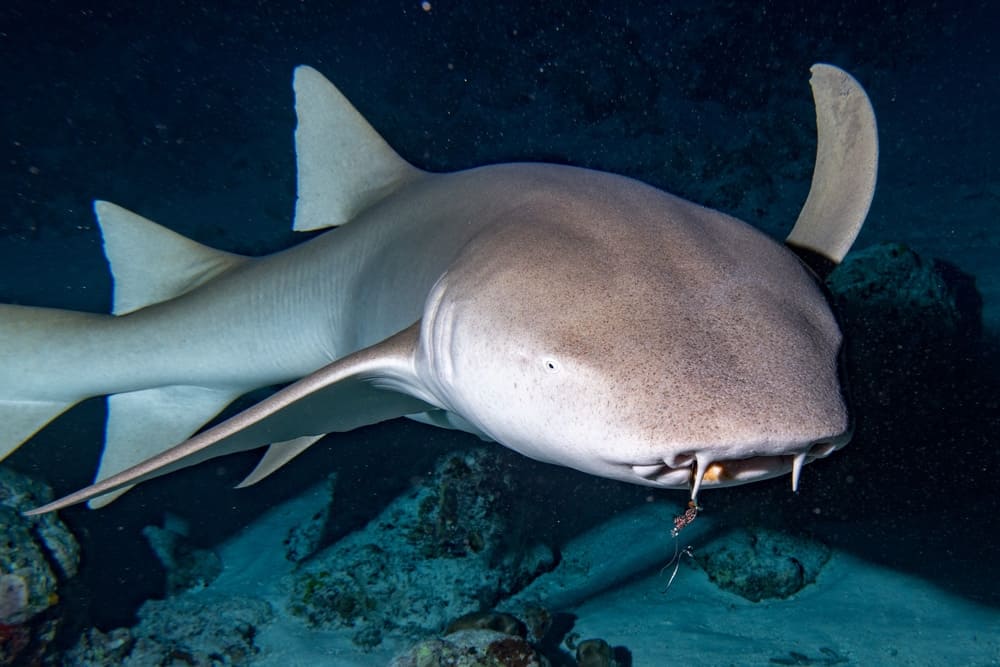
One of the most persistent misconceptions about nurse sharks involves their feeding behavior. Unlike predatory sharks that actively hunt large prey, nurse sharks are primarily suction feeders specializing in small bottom-dwelling animals. They use their strong suction power to pull prey from crevices and their powerful jaws to crush hard-shelled animals like lobsters, crabs, sea urchins, and mollusks. They also consume small fish, squid, and stingrays. This feeding style—hovering over the ocean floor and vigorously sucking up prey—is vastly different from the dramatic hunting behavior typically associated with sharks.
Many people incorrectly assume that nurse sharks, like other shark species, are attracted to human blood or actively seek human prey. In reality, nurse sharks show little interest in humans as food sources. Their diet is specialized for bottom-dwelling invertebrates, not mammals. They feed primarily at night, spending daylight hours resting in groups in caves or under ledges. This nocturnal feeding pattern further reduces their interactions with humans and contributes to the misunderstanding of their behavior, as divers and snorkelers often encounter them during their “sleeping” hours when they appear most docile.
Social Behavior: Not the Loners We Thought
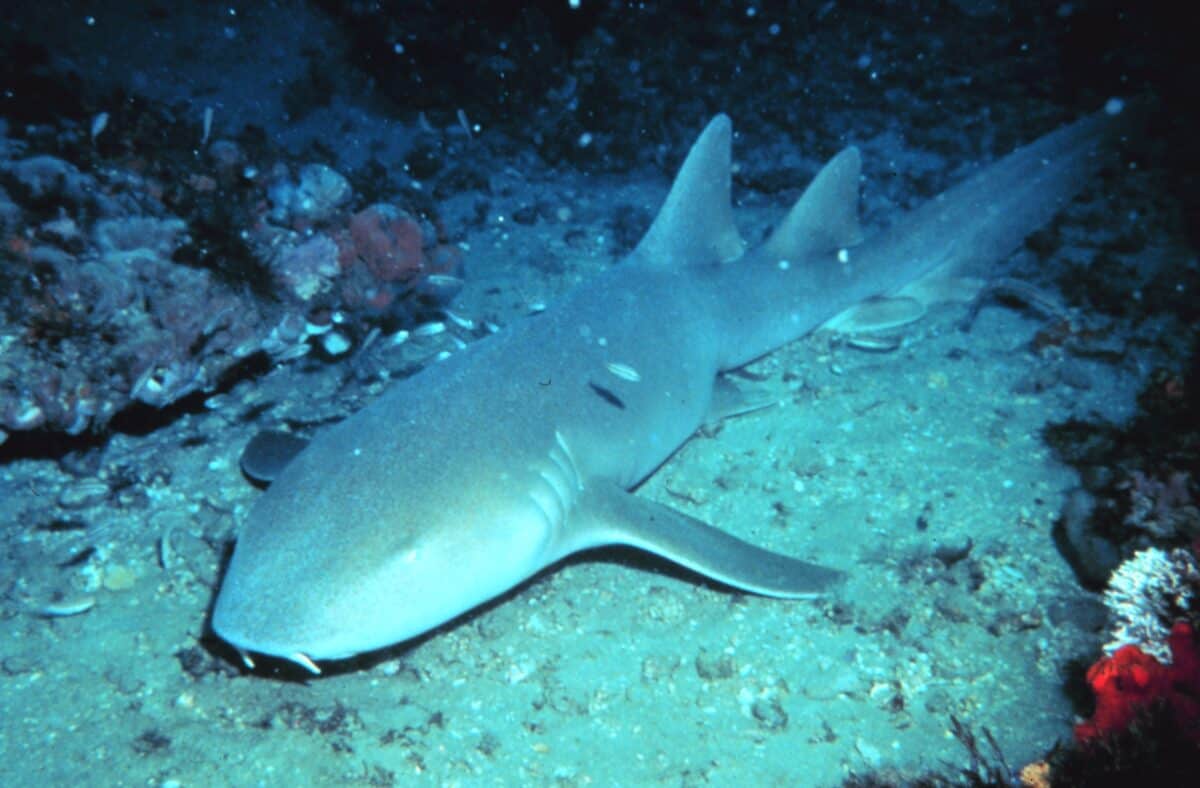
Contrary to the solitary image often associated with sharks, nurse sharks display fascinating social behaviors that challenge our understanding of these creatures. They frequently gather in groups of up to 40 individuals, particularly during daylight hours when they rest together in caves or under ledges. These aggregations aren’t merely random—researchers have observed consistent groupings and even preferences for particular companions, suggesting social structures more complex than previously recognized. During breeding season, female nurse sharks may be accompanied by multiple males, forming what appears to be temporary mating groups.
This social nature contradicts the stereotype of sharks as lone hunters and highlights how little we still understand about many shark species. Recent research suggests nurse sharks may even engage in a form of social learning, with younger sharks observing and mimicking the behavior of older, more experienced individuals. The misunderstanding of nurse sharks as asocial creatures has limited our appreciation of their behavioral complexity and potentially hindered conservation efforts. By recognizing their social nature, we gain a more complete picture of these fascinating animals and their ecological importance.
Debunking the “Harmless” Myth

Perhaps one of the most dangerous misconceptions about nurse sharks is that they are completely harmless to humans. While nurse sharks are indeed among the least aggressive shark species and rarely initiate unprovoked attacks, labeling them as “harmless” has led to inappropriate human behavior around these powerful animals. Despite their docile reputation, nurse sharks possess strong jaws with thousands of small, serrated teeth and can deliver a powerful bite if provoked, cornered, or handled. According to the International Shark Attack File, nurse sharks rank fourth in documented unprovoked bites on humans, though these incidents rarely result in serious injury.
Most negative encounters occur when humans harass, touch, or attempt to feed these sharks, misinterpreting their calm demeanor as an invitation for interaction. Their habit of lying motionless on the ocean floor makes them tempting targets for curious divers and snorkelers who may not realize that approaching or touching these animals constitutes harassment from the shark’s perspective. The “harmless” label has led to a false sense of security around nurse sharks that endangers both humans and the sharks themselves. Respecting their space and understanding that all wild animals have boundaries is essential for safe coexistence.
Conservation Status and Human Impact

Nurse sharks are currently listed as “Data Deficient” by the IUCN Red List in some regions and “Vulnerable” in others, reflecting our incomplete understanding of their population trends. However, like many shark species, they face multiple threats from human activities. Their slow reproductive rate—females reach sexual maturity at 15-20 years and give birth to 20-30 pups after a gestation period of 5-6 months—makes them particularly vulnerable to population declines. Commercial fishing, bycatch in fishing gear, habitat degradation of coastal nursery areas, and collection for the aquarium trade all impact nurse shark populations.
Misconceptions about nurse sharks have complicated conservation efforts in various ways. Their reputation as “harmless” has sometimes led to their exclusion from protective legislation focused on more “dangerous” shark species. Conversely, general shark-phobia has hindered public support for conservation initiatives that would benefit all sharks, including nurse sharks. In some regions, nurse sharks are specifically targeted for their tough, durable skin, which is used to make leather products. As apex predators and scavengers, healthy nurse shark populations are crucial for maintaining balanced marine ecosystems, controlling populations of invertebrates and removing sick or dying animals from the food chain.
The Intelligence Factor: Smarter Than We Think

The cognitive abilities of nurse sharks have been significantly underestimated, contributing to misunderstandings about their behavior. Recent research suggests these sharks possess more sophisticated intelligence than previously thought. They demonstrate impressive spatial memory, returning to specific resting sites after feeding excursions and navigating complex reef environments with precision. In captivity, nurse sharks have shown the ability to learn simple tasks and recognize familiar handlers, suggesting cognitive abilities beyond mere instinct.
Particularly noteworthy is their problem-solving capacity when it comes to accessing food. Nurse sharks have been observed using creative approaches to extract prey from difficult locations, adapting their suction feeding technique according to the situation. They’ve also demonstrated observational learning, where individuals watch and imitate successful strategies used by others. This intelligence challenges the primitive, instinct-driven image often applied to sharks and suggests a creature capable of adaptive behavior and learning. The misconception of nurse sharks as “mindless eating machines” has prevented many from appreciating the complexity of these fascinating animals and has hindered research into their cognitive abilities.
Their Role in Marine Ecosystems
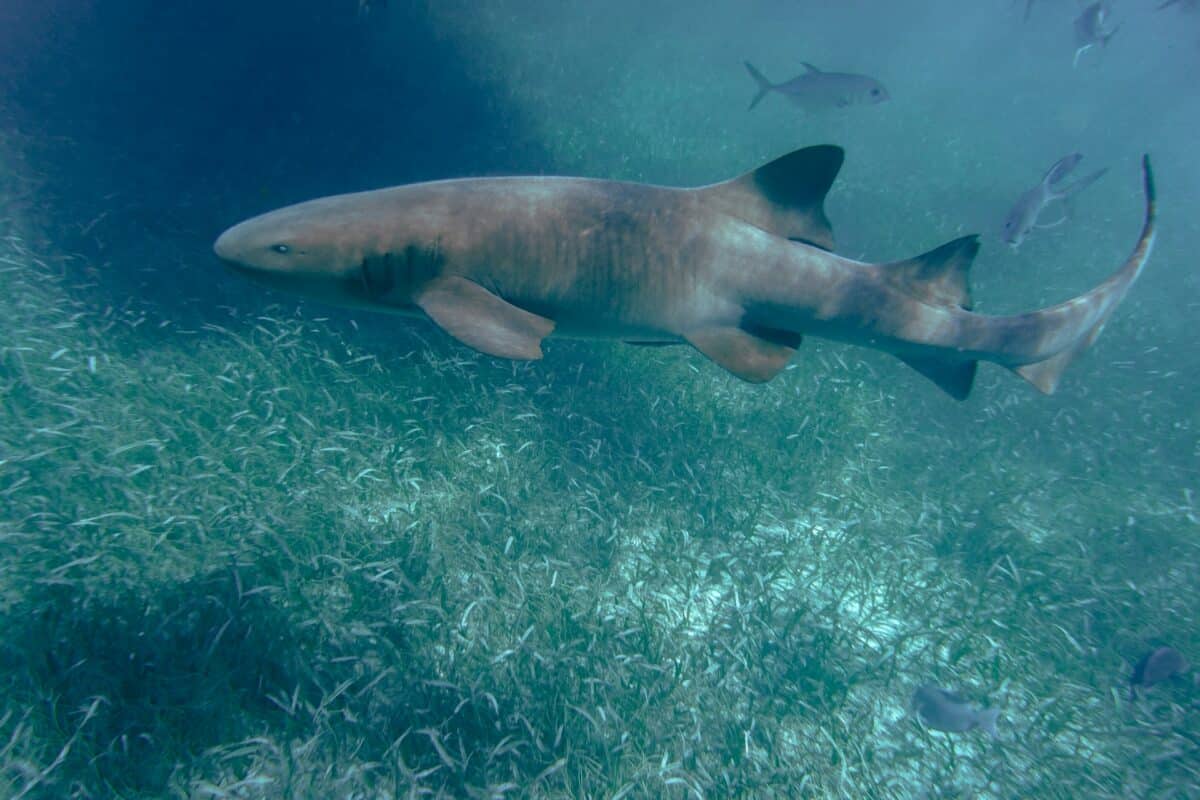
Nurse sharks play a crucial but often overlooked role in maintaining healthy marine ecosystems. As mid-level predators, they help regulate populations of crustaceans, mollusks, and small fish, preventing any single species from dominating the ecosystem. Their feeding behavior, which involves rooting through sand and reef crevices, helps aerate sediments and distribute nutrients throughout the habitat. When nurse sharks crush hard-shelled prey, the remaining fragments provide food for smaller scavengers and contribute to the cycling of calcium in reef environments.
Additionally, nurse sharks function as indicators of reef health. Their presence in an area generally signals a balanced, functioning ecosystem with adequate prey species and suitable habitat conditions. As relatively sedentary, site-loyal predators, changes in nurse shark populations can provide early warnings about deteriorating environmental conditions or overfishing. Misconceptions about their ecological importance have sometimes led to their exclusion from marine protection plans or restoration efforts. Understanding their role as ecosystem engineers and keystone species is essential for developing comprehensive conservation strategies that maintain marine biodiversity and ecosystem services valuable to humans.
Reproductive Mysteries and Misconceptions
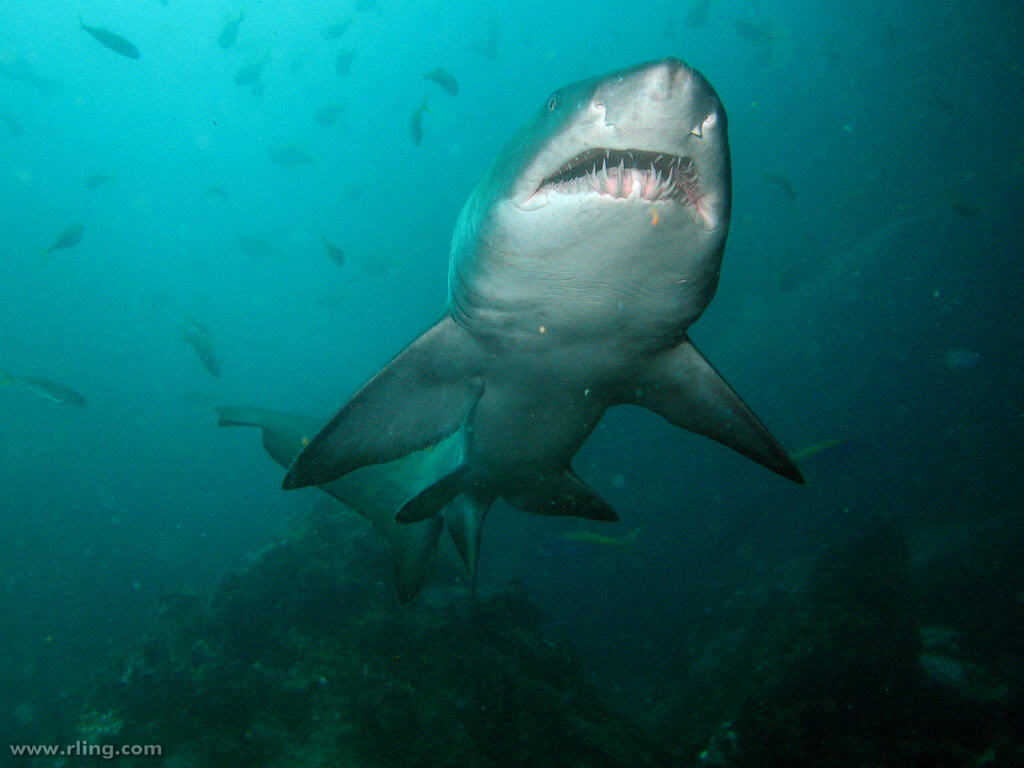
The reproductive biology of nurse sharks contains several fascinating aspects that challenge common assumptions about shark reproduction. Unlike many shark species that give birth to live young (viviparous) or lay eggs that develop externally (oviparous), nurse sharks are ovoviviparous—females retain fertilized eggs within their bodies until the young are ready to hatch. After a remarkably long gestation period of 5-6 months, females give birth to 20-30 fully developed pups, each approximately 12 inches long. This reproductive strategy provides young sharks with protection during their most vulnerable developmental stages.
One of the most intriguing aspects of nurse shark reproduction is female reproductive autonomy. Research has documented cases of female nurse sharks storing sperm for months before fertilization and potentially exhibiting sperm selection, allowing females to fertilize eggs with sperm from different males. There’s also evidence suggesting parthenogenesis—virgin birth—where females produce offspring without male fertilization, though this requires further study. These sophisticated reproductive adaptations contradict the primitive image often associated with sharks and demonstrate evolutionary innovations that have helped nurse sharks survive for millions of years. The misconception that shark reproduction is simple or primitive has limited scientific inquiry and public appreciation of these remarkable adaptations.
Cultural Representations and Their Impact
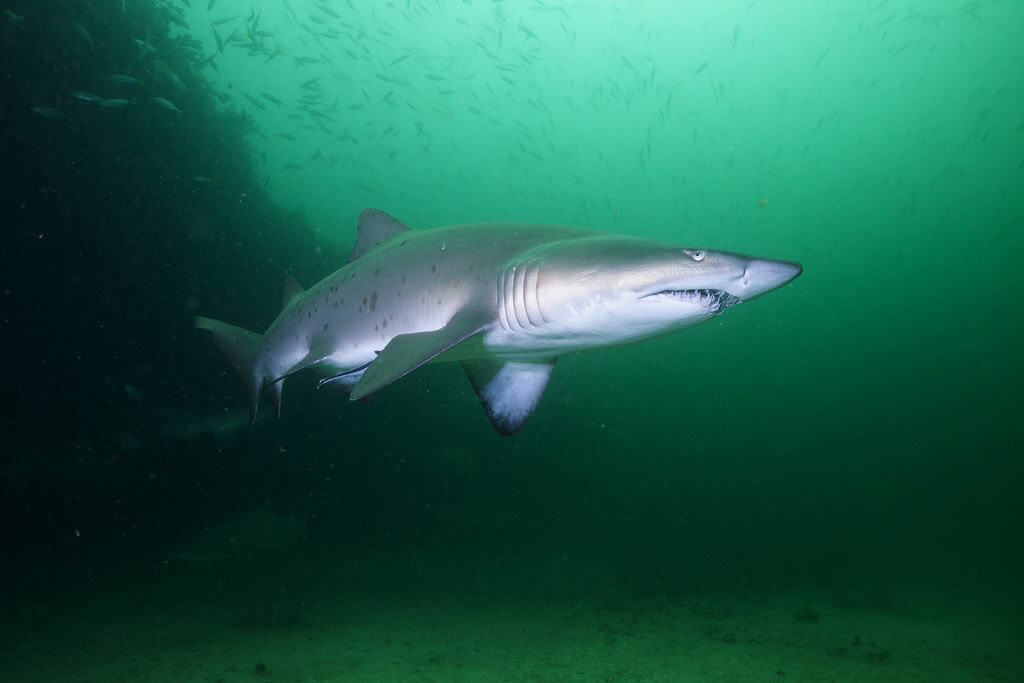
Throughout history and across cultures, sharks—including nurse sharks—have been subject to mythologies and representations that significantly influence public perception. In Western media, sharks are overwhelmingly portrayed as mindless killing machines, epitomized by films like “Jaws” and sensationalist reporting of shark incidents. Even when nurse sharks specifically appear in media, they’re often misidentified or their behaviors exaggerated for dramatic effect. These portrayals have real consequences, fueling irrational fears and undermining conservation efforts for these ecologically important animals.
Interestingly, in some cultures, nurse sharks receive more nuanced treatment. In certain Caribbean communities, they’re regarded as guardians of the reef or symbols of persistence due to their longevity and steady presence. In parts of Polynesia, sharks generally are viewed as ancestral deities deserving of respect rather than fear. Modern aquariums and educational programs are working to counter negative stereotypes by highlighting nurse sharks’ docile nature and ecological importance, though these efforts compete with deeply ingrained cultural biases. The persistent misrepresentation of nurse sharks in popular culture continues to shape public attitudes and policies regarding these misunderstood creatures, demonstrating the powerful connection between cultural narratives and conservation outcomes.
Responsible Interaction Guidelines
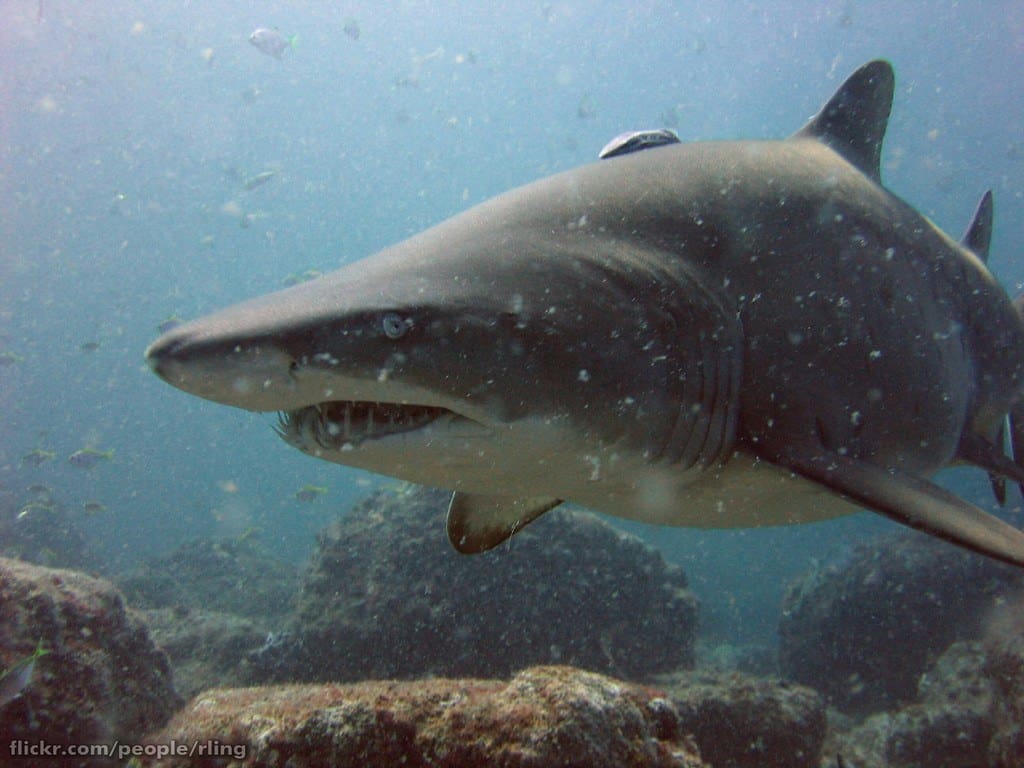
For those fortunate enough to encounter nurse sharks in the wild, understanding how to interact responsibly is crucial for both human safety and shark welfare. The golden rule is simple: observe but don’t touch. Maintain a respectful distance of at least 10 feet (3 meters) from resting nurse sharks, and never attempt to touch, ride, feed, or corner them. Even seemingly docile sharks can bite defensively if they feel threatened. Underwater photographers should never chase or harass sharks for photos, nor use flash photography that might startle them. When diving or snorkeling near nurse sharks, maintain slow, smooth movements and avoid blocking their potential exit paths.
If you encounter nurse sharks while fishing, proper catch-and-release techniques are essential if you accidentally hook one. Use circle hooks to minimize internal injury, keep the shark in the water during unhooking, and cut the line close to the hook if it cannot be safely removed. Never lift a nurse shark by its tail or gills, as this can cause severe internal injuries. Responsible tour operators should educate clients about proper behavior around sharks and never guarantee interactions by using bait or chum, practices that can alter natural behaviors and create dangerous associations between humans and food. By following these guidelines, we can enjoy meaningful encounters with nurse sharks while fostering a culture of respect for these misunderstood marine animals.
Embracing a New Understanding
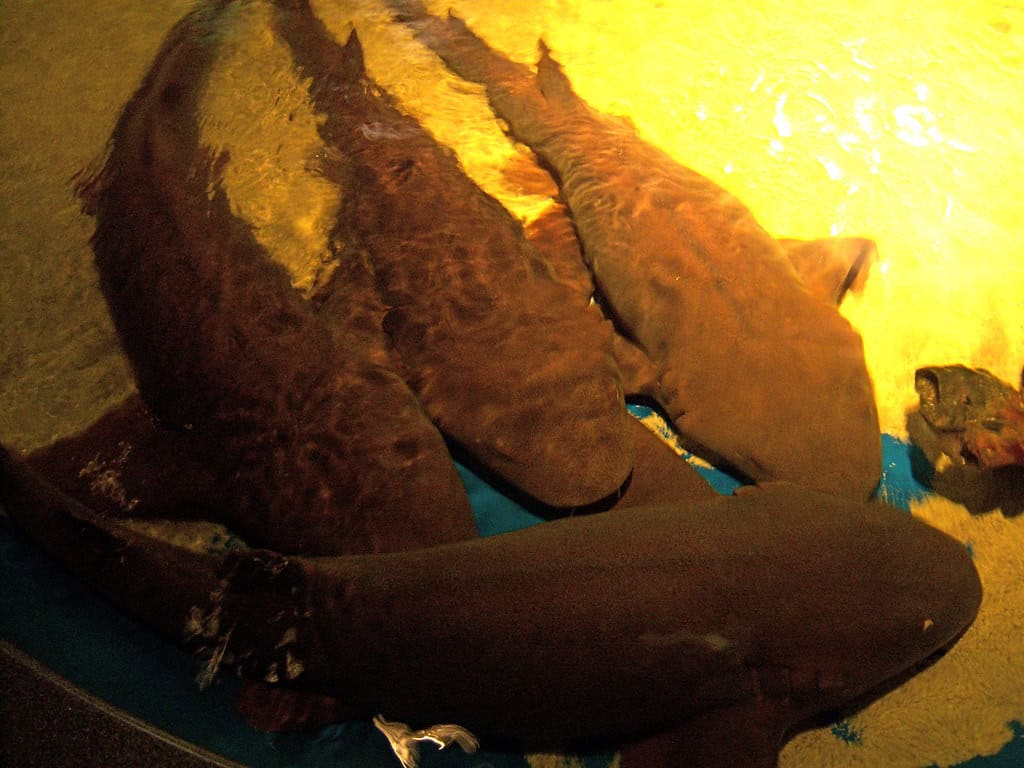
The journey to understanding nurse sharks properly requires us to move beyond misconceptions and appreciate these remarkable creatures for what they truly are: complex, intelligent animals with important ecological roles and fascinating adaptations. Far from the mindless predators or completely harmless pets they’re often portrayed as, nurse sharks occupy a middle ground that deserves nuanced recognition. Their docile nature compared to other sharks shouldn’t be misinterpreted as an invitation for inappropriate interaction, nor should the word “shark” automatically trigger fear responses that prevent rational assessment of actual risks.
As we continue to learn more about nurse sharks through scientific research and responsible observation, we have the opportunity to reshape public perception and improve conservation efforts. Education plays a crucial role in this transformation, helping people understand the value of maintaining healthy shark populations for marine ecosystem functioning. By correcting misconceptions about nurse sharks, we not only improve human-shark interactions but also build a foundation for broader shark conservation initiatives. The path forward involves respecting these ancient creatures as essential components of ocean ecosystems worthy of our protection and admiration, not our fear or exploitation.
- Why Nurse Sharks Are Often Misunderstood - August 9, 2025
- 9 Most Venomous Spiders Lurking in US Homes - August 9, 2025
- How Scientists Tag and Track Sharks Off Florida’s Coast - August 9, 2025

